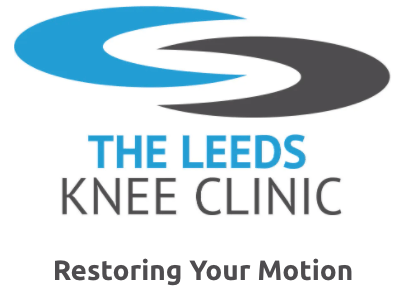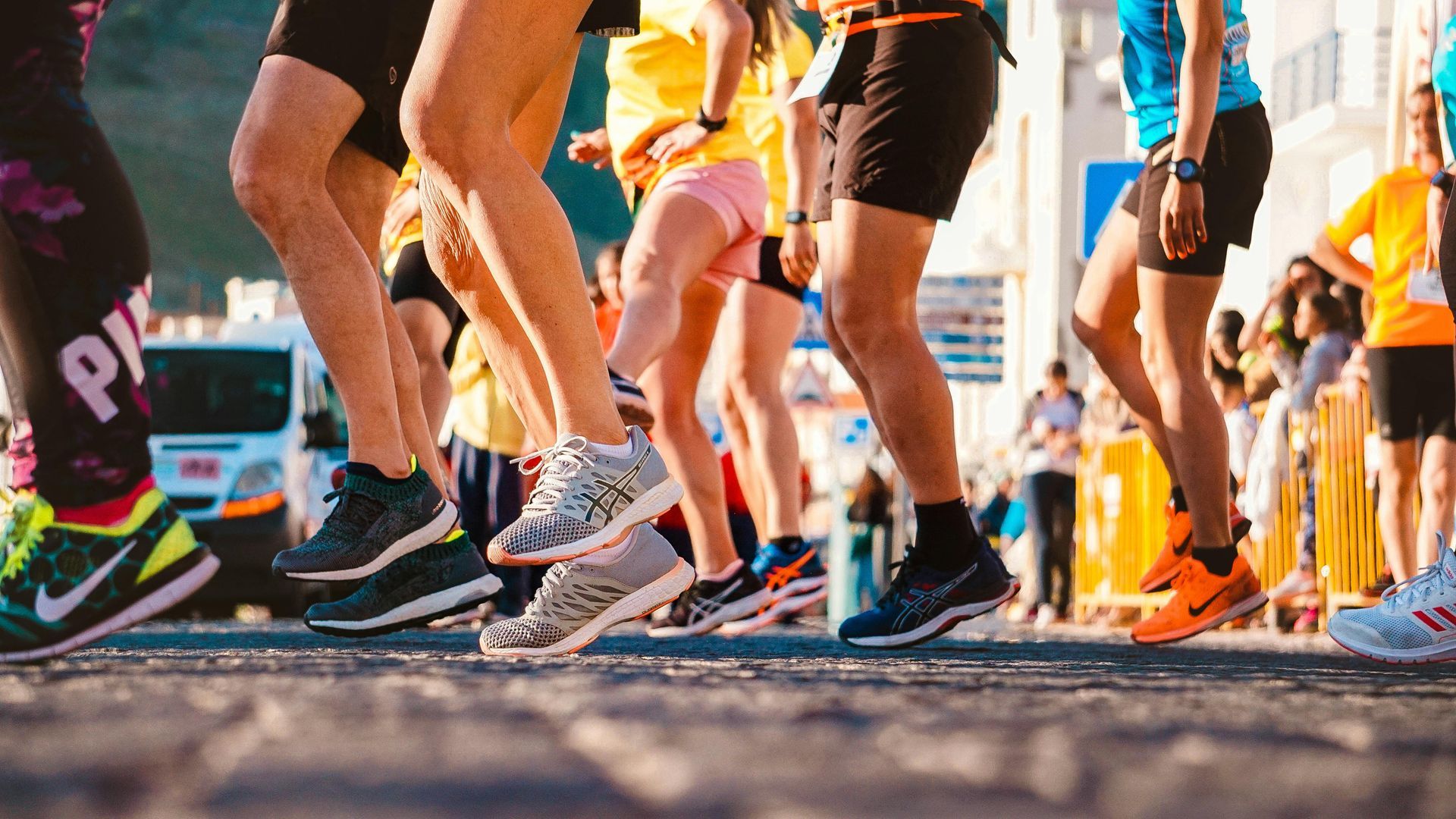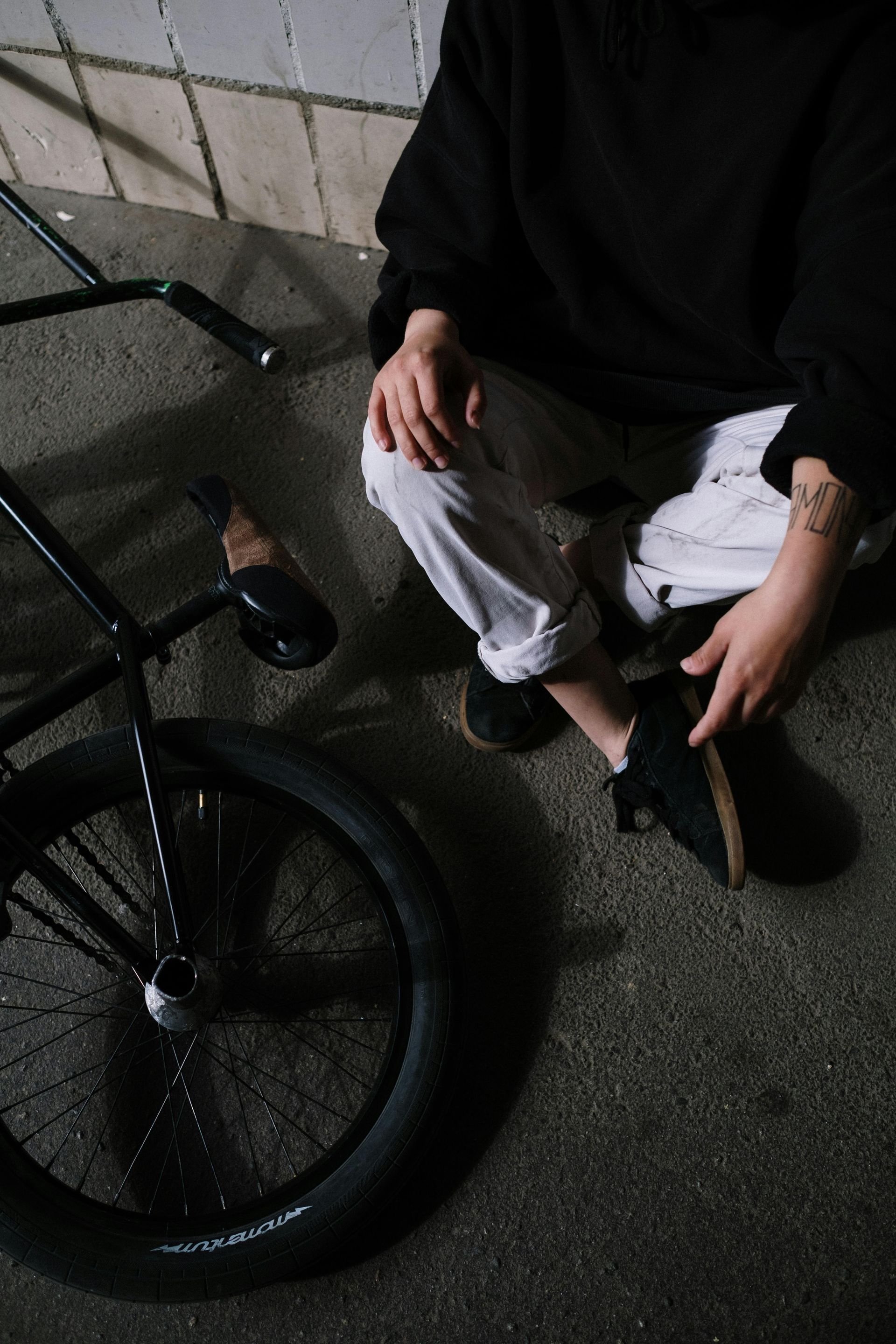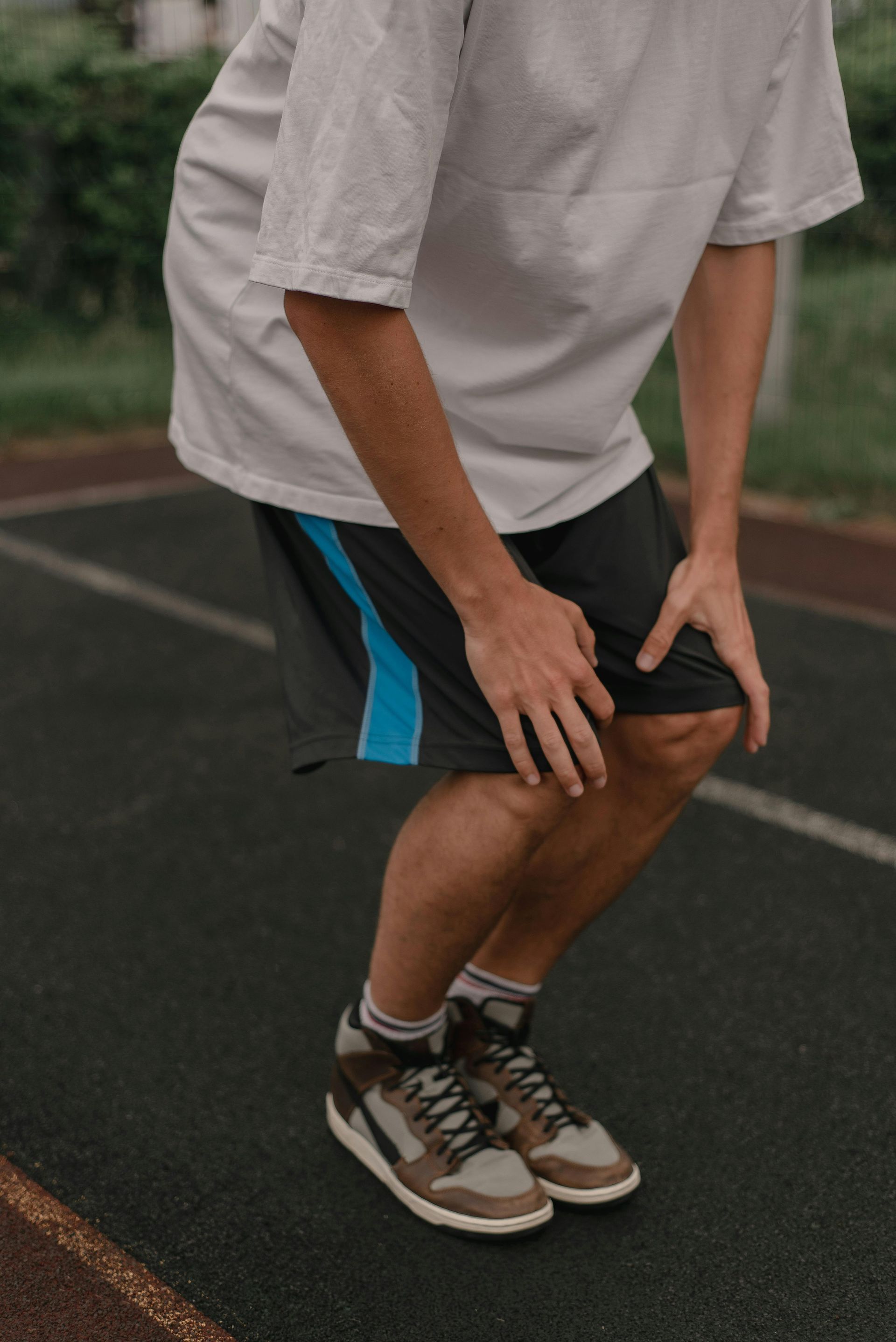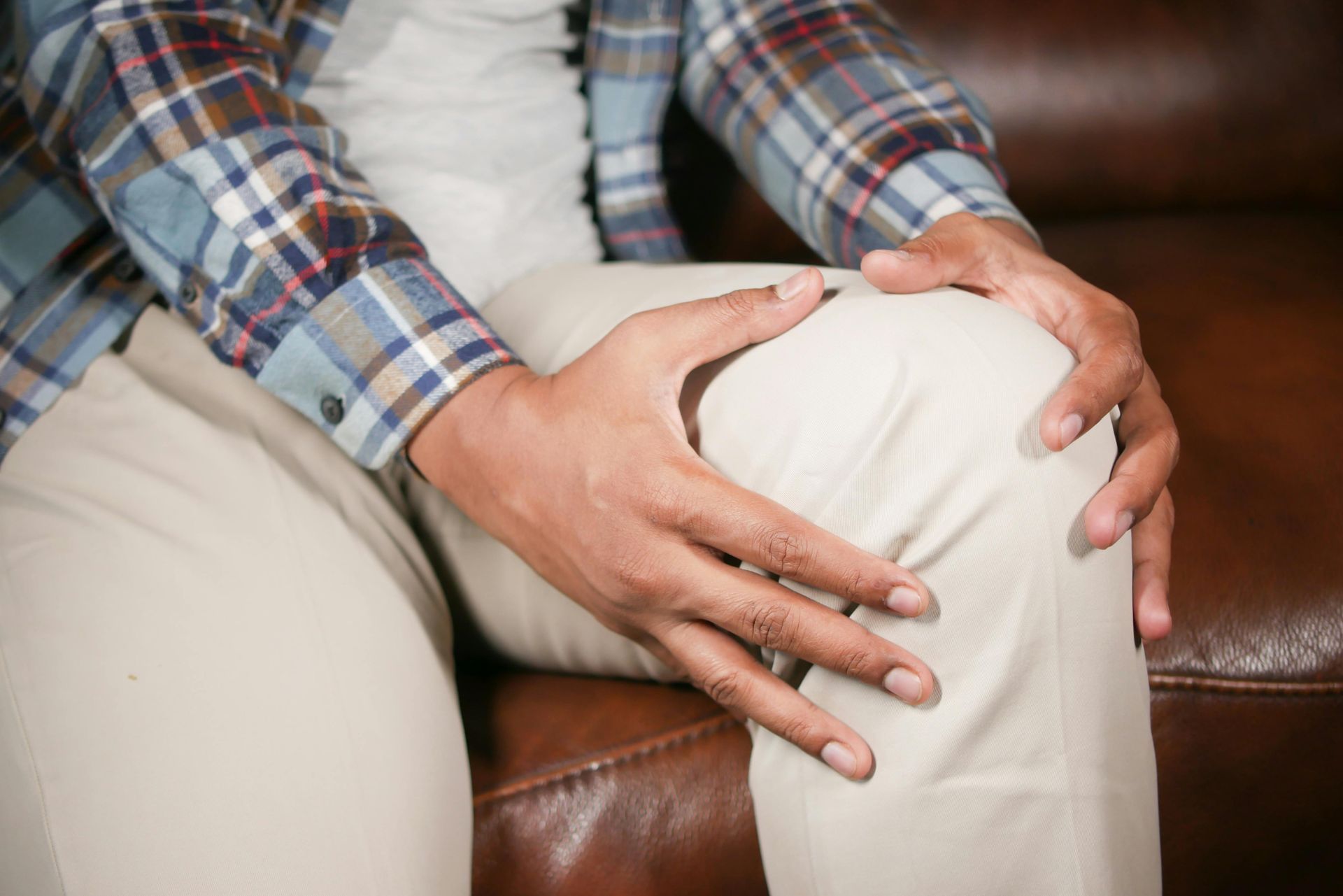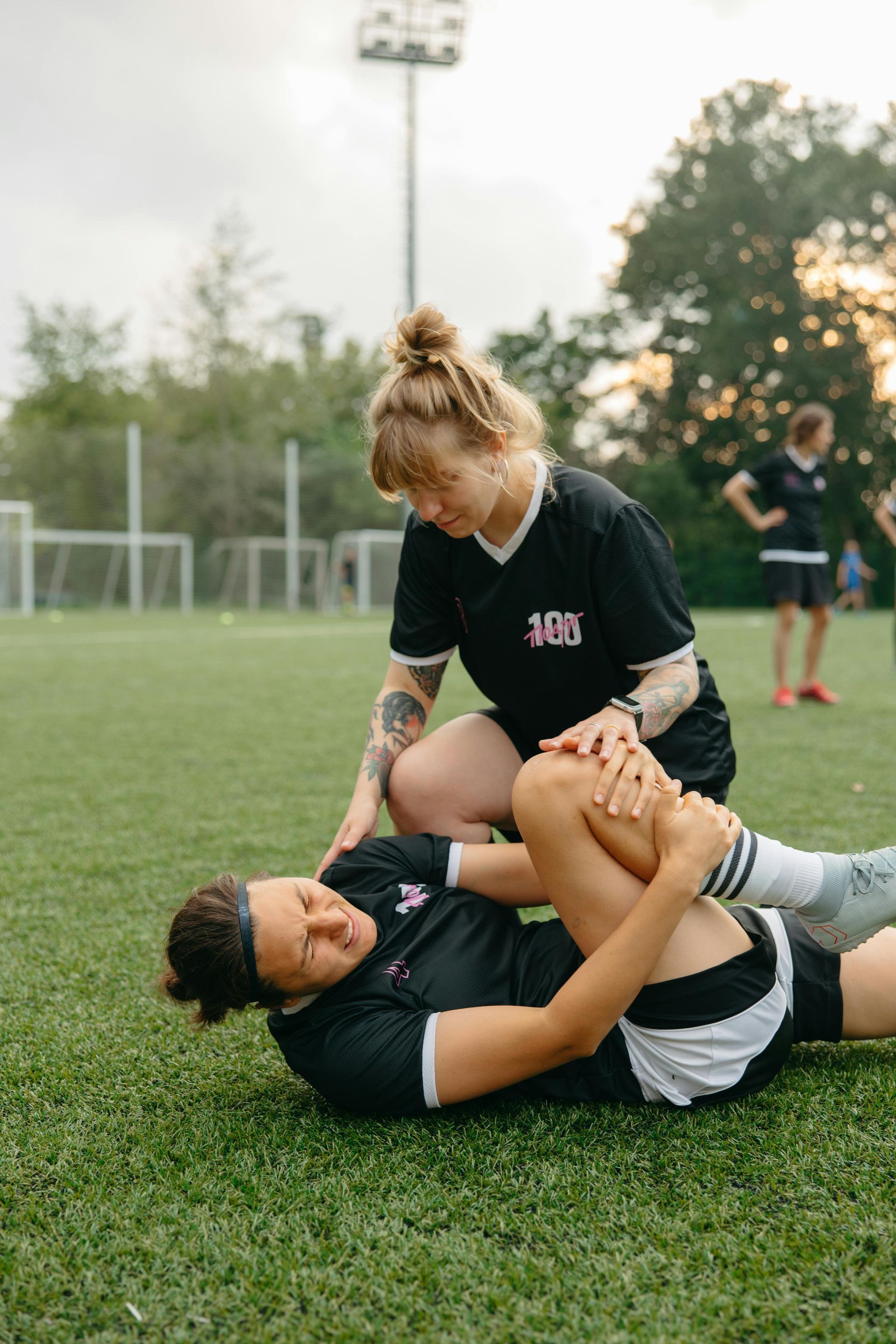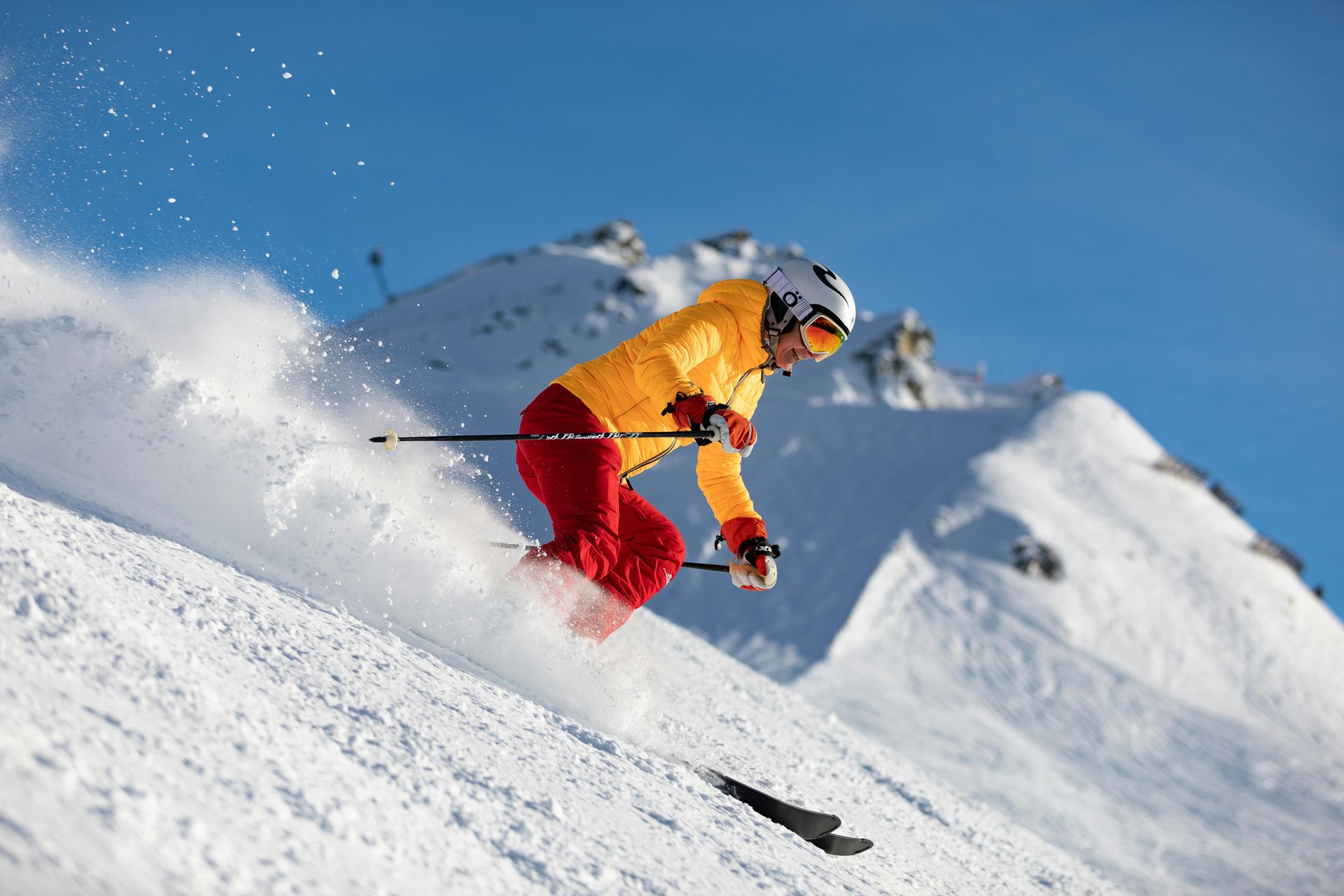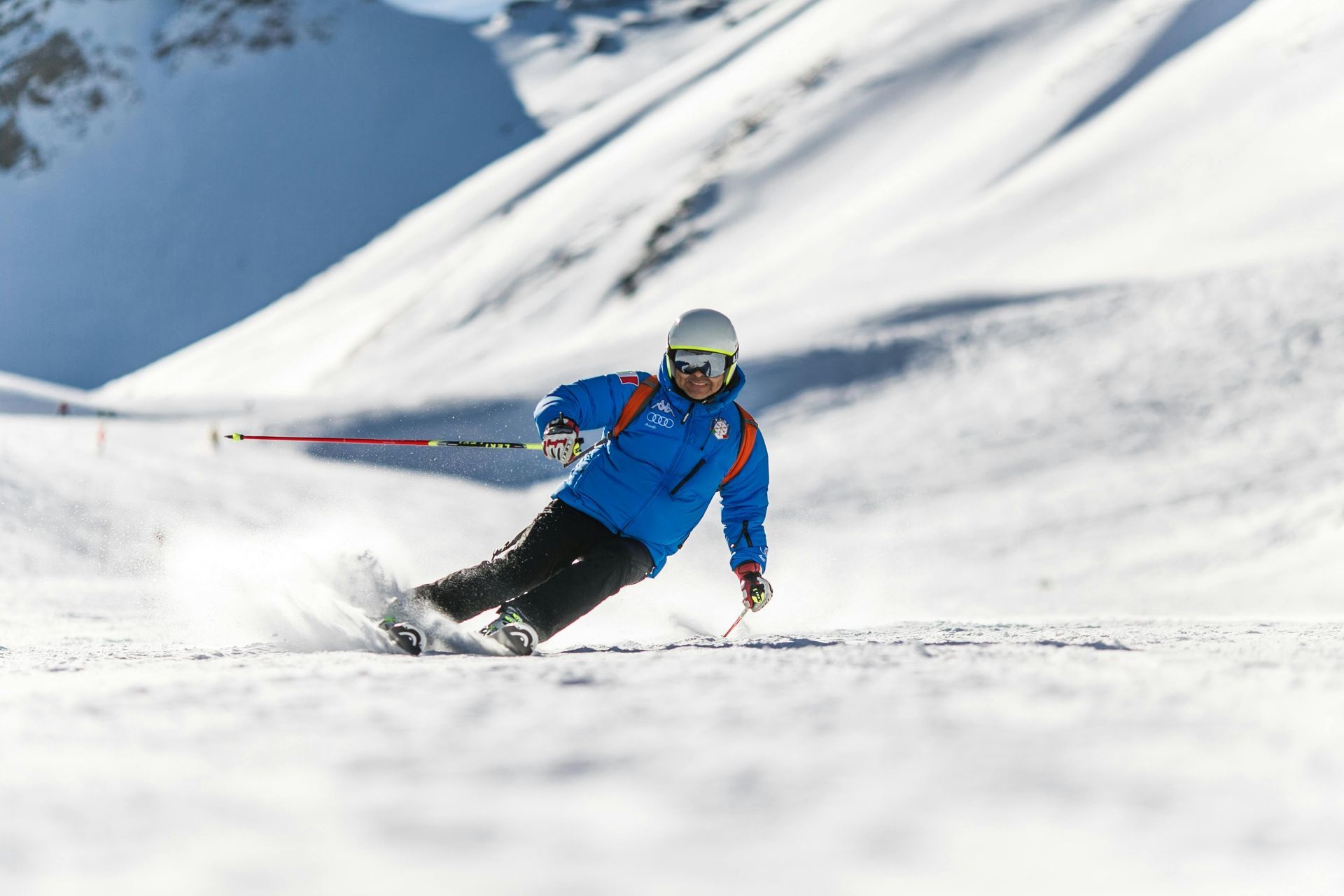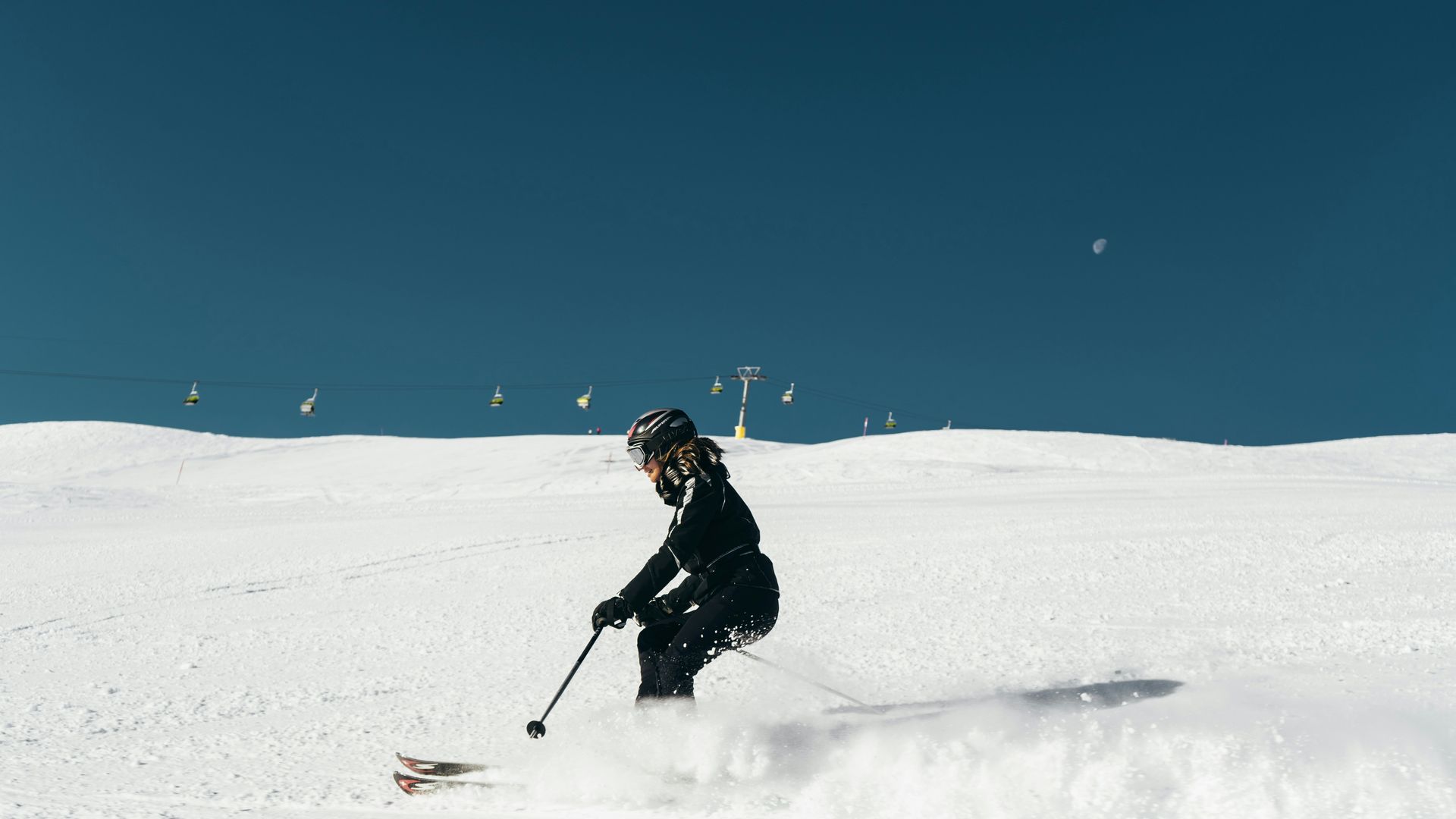A Slippery Slope
As ski season approaches, leading consultant knee surgeon Mr Owen Wall from The Leeds Knee Clinic discusses how to stay injury free on the slopes and beyond.
With autumn now upon us and winter just around the corner, there may be many of you yearning to return to the fresh white peaks of the world’s ski centres for a week or two of healthy outdoor winter activities. Over the past 18 months, many of us have had our usual routines turned upside down and inevitably, for better or worse, this may well have had some impact on the amount and type of regular exercise that would have normally been undertaken.
The re-opening of gyms and leisure centres across the UK has allowed many of us to get back to our routines. Running and cycling have again seen a further resurgence. Both of these activities are great for your cardiovascular fitness, but trading either exclusively for specific gym and conditioning routines for the muscles around the knee joint can unfortunately unmask niggles and problems, more of which I will discuss later.
Whether you are a keen skier or just enjoy the cold, crisp outdoor air that winter resorts can provide, and prefer to indulge in the apres-ski activities, having optimal knee joint health will help you enjoy yourself to your full potential. You may also like to try other winter activities such as snow-shoeing, hiking and climbing. To minimise your risk of injury or the risk of exacerbating existing knee niggles it is helpful to consider the following advice before you embark.
Whatever activities you have planned, try to undertake a six to eight-week plan of specific strengthening and conditioning work for the muscles of the legs before you go. Develop your gluteus muscle power. This muscle group (all around your derriere) is the biggest and most powerful in the body and really helps co-ordination. Concentrate on quadricep and hamstring strength aiming for balance between each muscle group. Develop calf and lower leg muscle conditioning using wobble boards or balance balls. Work on joint flexibility and tendon stretching for the hip, knee and ankle joints. The complex arrangements of the four major knee ligaments provides significant signalling to the brain to maintain balance and whereabouts in space and thus plyometric exercises can enhance this feedback and strengthen the ability of the individual to avoid knee problems. Many gymnasiums and sports clubs now offer specific pre-ski exercise classes where these conditioning exercises are taught, supervised and encouraged. If you haven’t got access to a gym, then a quick google search will bring everything to your fingertips.
If you are a skier, whether you are experienced or not, be honest with yourself about your ability. Everyone likes to tell and hear stories of daring-do and crazy skiing exploits – these stories become legend and pass from generation to generation. But unless you are honest about your true ability, you may find yourself getting out of your depth extremely quickly, potentially resulting in serious problems for your knees. If you are hiring ski equipment, go to a five-star rated hire centre where the equipment will be new and well maintained. Being honest about your ability also means that your ski bindings will have been adjusted correctly and release when they should for your expertise level and bodyweight, thus minimising the risk of injury to your knees.
Ensure that your ski boots are fastened snugly and not loose – if they aren’t comfortable when fastened snugly then get them changed. Years ago, skis had a very straight cut. This meant even experts found it difficult to get the skis to turn on their edges. The modern development of skis to have increasingly shapely profiles has brought edge carving to within reach of nearly all skiers. While the sensation of turning as if upon rails simply cannot be beaten, there can sometimes be an unfortunate sting in the tail. The last few years has witnessed an increasing number of skiers suffering double ligament injuries to their knees because of incorrectly adjusted ski bindings not releasing the skier beyond the limit of their ability. These injuries require a significant amount of rehabilitation and often surgery to provide long term knee stability.
If you enjoy skiing adventure, and love to explore off-piste, hire an off-piste guide. Not only will you be supporting the local economy but you will also be minimising your risk of knee injury. Your guide will not only know where all the best conditions are, thus giving you a fantastic experience, but will probably also have great lift chat (I speak from personal experience!) If you are not a skier and want to instead explore the natural wildlife at a more sedentary pace via snow-shoeing or hiking, ensure you have well-fitted equipment, sturdy boots with outdoor soles and most importantly, when on snow, have two hiking poles. These will of course help you traverse slippery surfaces but more importantly help you prevent innocuous twists to the knees.
If you are unfortunate enough to suffer a knee injury while undertaking any of the above activities, or suffer an exacerbation of an existing condition, remember to apply the basic principles of first aid. Extend the joint if you can, apply ice and/or compression bandaging, keep weight bearing to a minimum and seek expert opinion. Most ski centres have dedicated injury clinics where the basics can be undertaken such as provision of a splint, perhaps an x-ray, some even have more sophisticated imaging such as MRI.
The important point to remember is to rest and upon your return seek expert clinical assessment and treatment so that you can get back to an active lifestyle as soon as possible. Should you wish to get any ongoing or indeed new problems with your knees sorted out before the commencement of the ski season, then just don’t hesitate to get in touch. Bon ski! Bon après-ski!!
To get in touch with The Leeds Knee Clinic, call 0113 388 2009, email elaine.ingham@nuffieldhealth.com, or visit Leedskneeclinic.com
